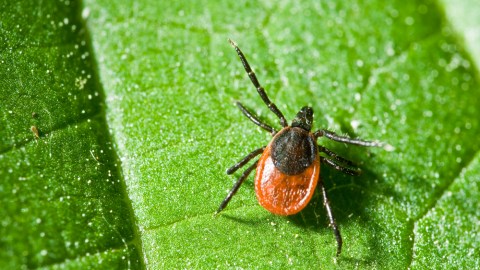Infection Rates of Lyme Disease Erupt, Along With Controversy

What’s the Latest Development?
Lyme disease, caused by the bacterium Borrelia burgdorferi inside the black-legged tick native to the Northeastern United States, is on the rise. That scientists do not understand how the disease can effectively be treated is causing an uproar among the infected. “Some who have been infected with borrelia don’t notice the rash. Others—up to a quarter of those with Lyme, including Kaleigh Ahern—never even get one. Most troubling, some patients who are treated continue to suffer from a variety of symptoms long after their therapy has ended. Nobody really knows why they fail to get better.”
What’s the Big Idea?
The rise of Lyme disease, virtually unknown until 1977, is thought to be due in part to the vast urbanization of the Northeast coast. As wide forests are divided into much smaller neighborhoods, micro-ecosystems develop in which ticks, and their hosts such as deer and mice, thrive while their natural predators do not. Neuroscientists recruited to study the lingering effects of Lyme disease hypothesize that the effects persist in the brain even after the bacterium has been eliminated by antibiotics. “This finding raises the possibility that the bacteria could continue to cause illness long after a patient is supposedly cured.”
Photo credit: Shutterstock.com





